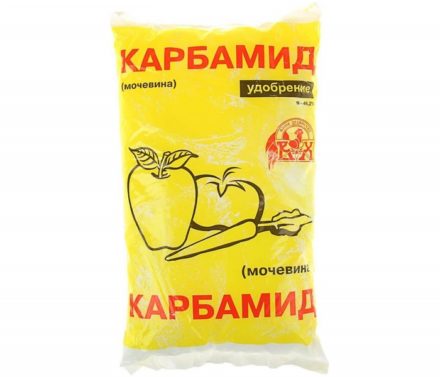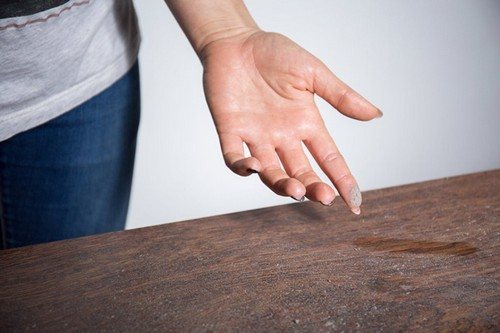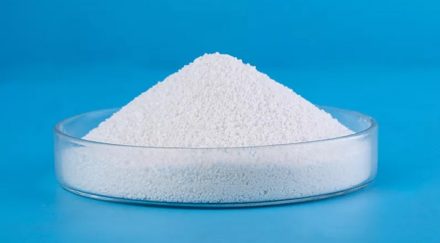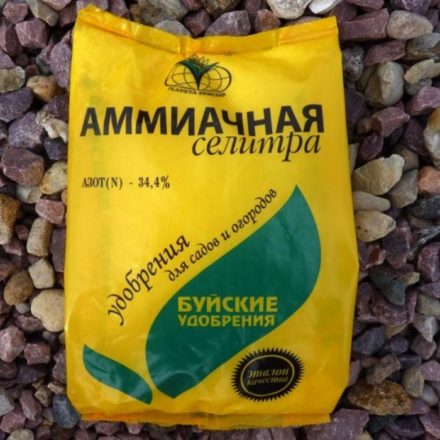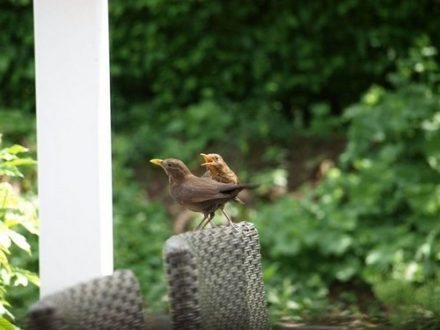Instead of chemical insecticides (pesticides) and fertilizers (nitrates), advanced gardeners use tobacco dust in their gardens and vegetable gardens - brown waste from the tobacco industry with an intense characteristic odor. Tobacco has long been known to gardeners as an organic product, but it has become widely used along with the popularization of a healthy lifestyle, part of which is eco-products.
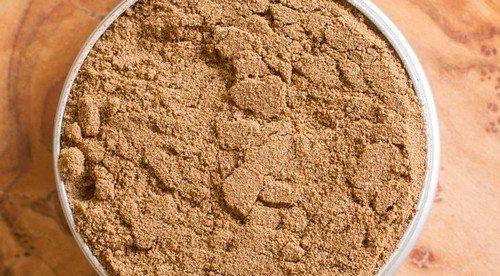
Tobacco dust against garden pests
From a healthy eating perspective, a person is what he eats. Tobacco dust, used as plant fertilizer and pest control, helps grow organic, chemical-free food. As a fertilizer, tobacco increases the microbiological activity of the soil: the nitrogen, potassium and phosphorus contained in it enrich the plants with biologically active substances, as a result of which the crop grows by more than 40%. As an organic insecticide, nicotine destroys aphids, copperheads, leaf rollers, weevils, moths and ants, the codling moth and its caterpillar, slugs and other parasites - their population in garden plots is reduced by 12–13 times.
Attention: nicotine has no effect on the cruciferous flea beetle.
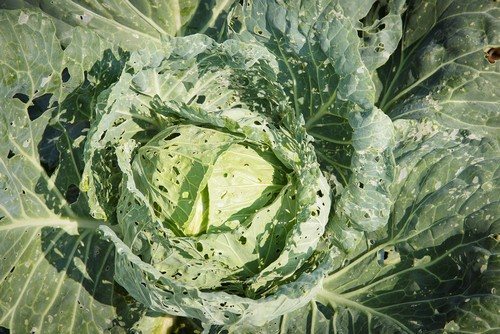
Scope of application
Tobacco dust is used in the garden, vegetable garden, greenhouses and crop storage areas. In the latter case, it repels rodents. Purpose: alkaline (clayey) soil with a high pH content (>8.5).As an insecticide, tobacco dust is sprayed, pollinated or fumigated on garden and agricultural plants, shrubs and fruit-bearing trees.
Methods of application
Tobacco dust is used in one of three physical states:
- liquids;
- solid body;
- gas
Accordingly, the liquid is sawn, the powder (or shag crumbs) crumbles, and is fumigated with smoke.
Spraying
The solution for spraying is prepared in the form of a tincture or decoction:
- The tincture is prepared as follows: 500 grams of tobacco dust or shag crumbs are poured with 10 liters of water and set for 2-3 days. Immediately before use, the solution is decanted and diluted in a 1:1 ratio with clean water.
- Decoction: 50 grams of tobacco or shag are mixed in 2-3 liters of water and boiled for 1.5-2 hours. During the boiling process, water is added to compensate for the liquid that evaporates. Before use, the decoction is decanted and diluted at the rate of 2 liters of decoction per 10 liters of clean water.
Attention: in both the first and second cases, in order to prevent the liquid from running off the leaves, laundry soap is added to it, which makes the solution sticky.
Powdering
Dusting is carried out with dry tobacco dust: using a sieve, it is evenly scattered around the plant sprouts. This method is suitable for young seedlings in beds and greenhouses, as well as for all low-growing plants. To prevent dust from being scattered by the wind, it is mixed with wood ash, which makes it less volatile. The proportion is 1:1. As a fertilizer, tobacco crumbs are buried in a hole when planting trees: 500 grams are needed for one seedling.
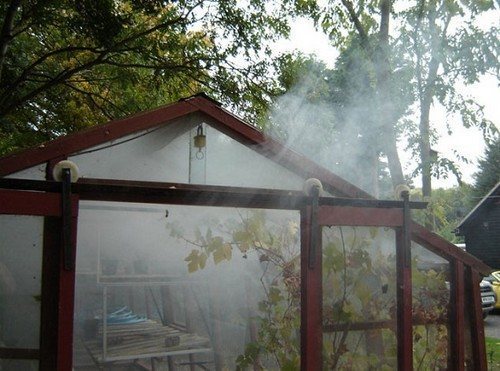
Fumigation
This method is suitable for trees and bushes, as well as for plants grown in greenhouses. You can also fumigate the rooms in which the crop is stored. Tobacco crumbs are poured into a metal can, the can is placed on two bricks, a fire is lit under the can and between the bricks. When the crumb smolders, it smokes. The proportion is 10 grams per 1 cubic meter. The fumigation process lasts 1.5-2 hours. In gardening centers, tobacco dust can be purchased in a ready-to-use form - in the form of smoke bombs.
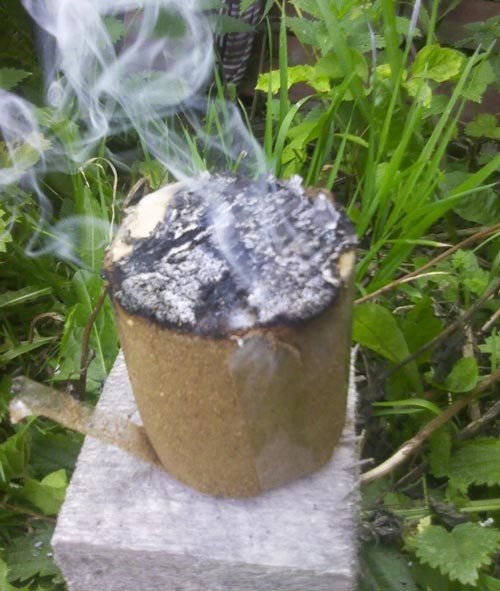
Time and frequency of application
Regardless of the method, it is recommended to use tobacco dust early in the morning in calm weather during spring and autumn digging of soil at the rate of 2–4 grams of dust per 1 square meter. The procedure is repeated every two weeks and after each rain, but no later than two weeks before flowering and harvesting. In the latter case, nicotine can affect the formation of the taste of vegetables, fruits and berries.
Attention: you cannot poison parasites two weeks before and during the flowering of plants, because the specific smell of tobacco repels insects that pollinate flowers.
Tobacco dust is used together with such auxiliary components as shag, wood ash, lime, soda, laundry soap and water. They change the concentration of the drug, so the tobacco becomes less free-flowing if we are talking about dust, or more sticky if it is a liquid, and in any case less toxic when in contact with human skin and mucous membranes.

Tobacco dust is convenient to store, transport and use.It is stored in a dark, dry and cool place for no more than one year in a tightly sealed container. It is harmless to humans and covers a wide range of garden parasites. However, when working with tobacco dust, you should wear rubber gloves, a respirator or a gauze mask. If the product gets on exposed skin or on the mucous membrane of a person, it should be washed off under running water.



